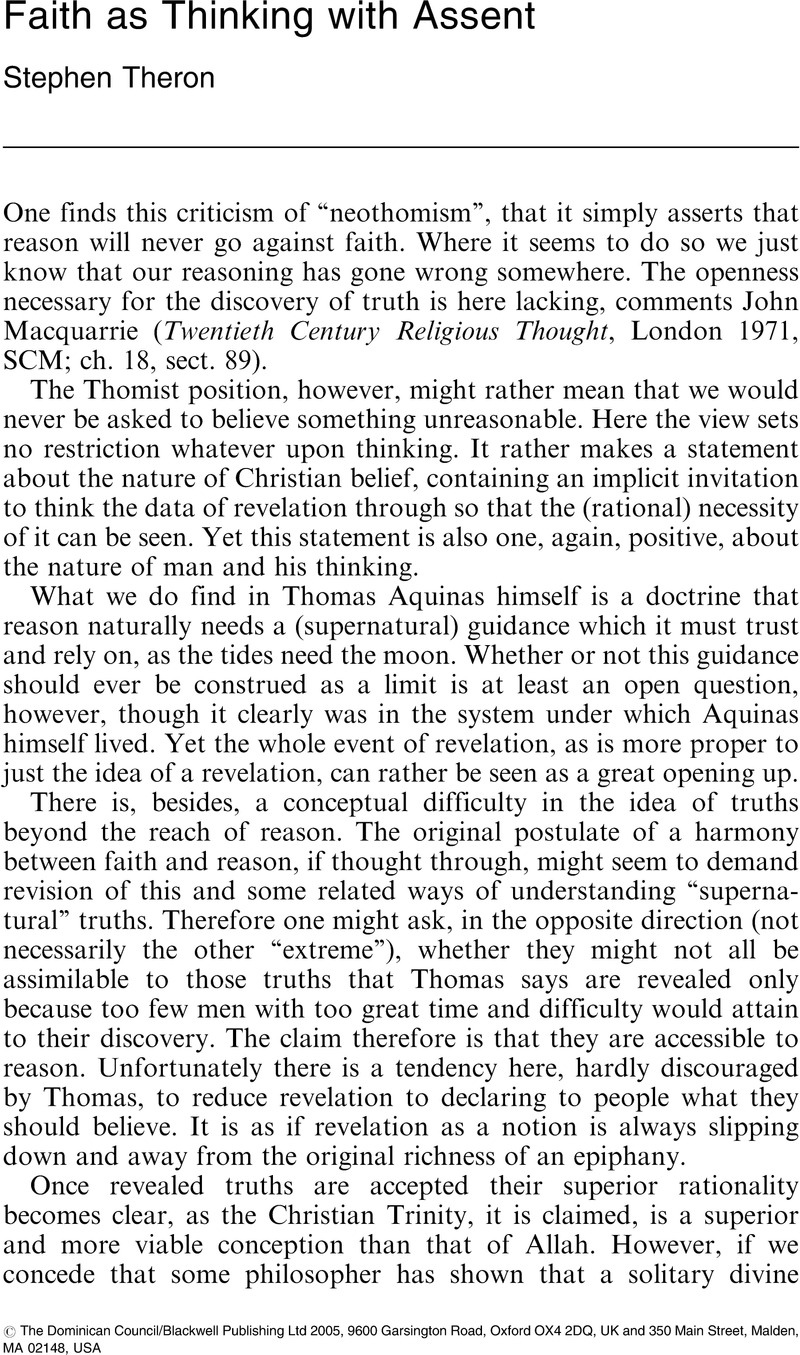Crossref Citations
This article has been cited by the following publications. This list is generated based on data provided by Crossref.
Oliveira, Graciela da Silva
Pellegrini, Giuseppe
Araújo, Leonardo Augusto Luvison
Bizzo, Nelio
and
Johnson, Norman
2022.
Acceptance of evolution by high school students: Is religion the key factor?.
PLOS ONE,
Vol. 17,
Issue. 9,
p.
e0273929.



